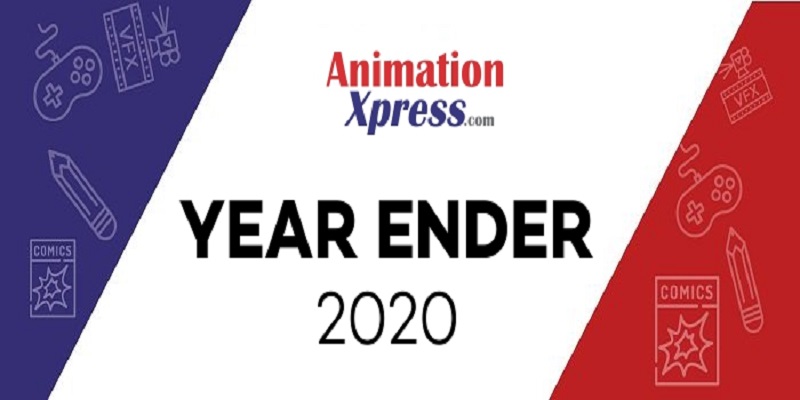
The rise of AAA games brought forward the need to have huge teams to cater to the endless demand of features and associated art pieces. However, it also led to the massive challenges of hiring and maintaining those large in-house teams skyrocketing the costs of development. Additionally, the sheer mass of art assets required for modern games can be overwhelming for a single team to handle. Thus, a lot of developers chose to maintain a small core internal team and outsource their growing needs to specialized units as a cost-effective solution.

Jump to 2020, the standards have evolved and so has the technology. Armed with confidence over the success rate of the art only collaborations, the developers (and the outsource partner) are beginning to delimit the extent of the scope of the work that gets outsourced. A lot of game developers have begun to understand the value of onboarding an outsourcing partner at early planning stages. What is helping is, that some of these outsource partners like Lakshya, have grown their talent base to include game industry veterans with in-depth knowledge of game pipelines. Lakshya has studios in the US, UK, and Japan where they have hired the best of talent in Art and Project Management. This talent gets embedded/involved at budding stages of the development and works with the developer to set up the art pipeline, plan outsourcing, sometimes even act as a mentor guiding the teams towards a successful partnership.
Some of the other outsourcing trends that are foreseen for the gaming industry in the upcoming year are as follows:
1. Real-time Collaboration: The introduction of “real” broadband in the developing nations has opened the gates for real-time collaboration between the developers and the outsourcing partners. Gone will be the days when the engine builds took several days to download or be shipped in physical discs. This will enable a seamless workflow between the two leading to an almost instantaneous preview of updates and modifications.
2. Game VFX: The above will play a significant role in the successful handover of Game VFX work to an Outsourcing studio
3. Photogrammetry: The advent of newer consoles has upped the bar for in-game realism and more and more developers are now opting to scan the real-world assets to get their exact counterparts in the game world. There will be a significant demand for studios that can handle a massive amount of Photogrammetry cleanup and environment work.
4. Ultra-detailed Game Assets: Updated game engines that can handle a massive number of tris without the need for baking of normal coupled with the introduction of newer consoles with SSDs and increased memory – all signs are pointing towards a substantial demand for teams that can create intricately detailed assets.
5. Virtual connect: With WFH slated to last us for a while and lower travel, the online presence of the studios and the team will play a massive role in increasing the client base.
(This article has been contributed by Lakshya CEO Manvendra Shukul and AnimationXpress does not necessarily subscribe to these views)